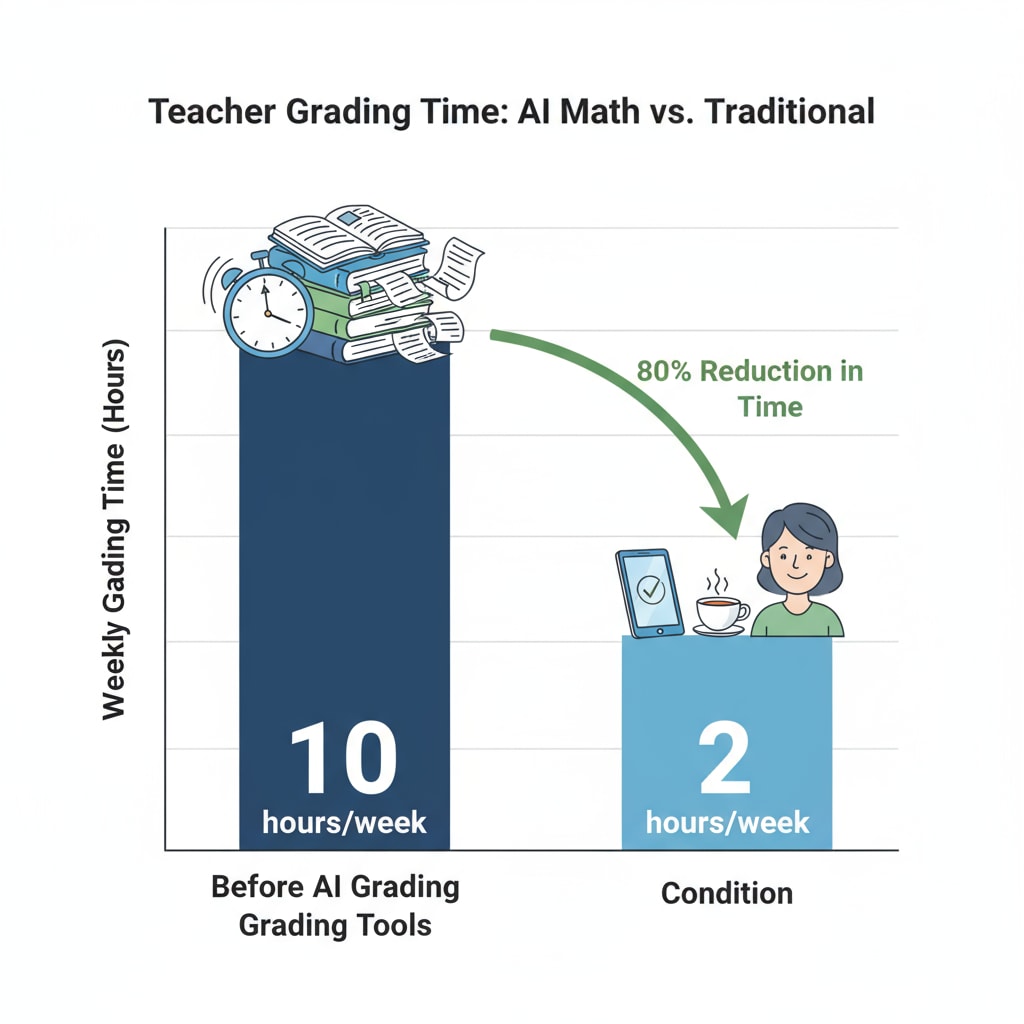AI math grading tools have emerged as a significant factor in altering teachers’ working hours and workload in the modern educational realm. As technology continues to evolve, these tools are becoming increasingly prevalent in mathematics classrooms.

The Promise of AI Math Grading in Reducing Workload
One of the primary benefits of AI math grading tools is the potential to lighten teachers’ workload. Traditionally, grading math assignments and tests has been a time-consuming task. Teachers have to meticulously check each problem, calculate scores, and provide feedback. With AI math grading, this process can be automated. For example, an AI system can quickly scan through students’ answers, compare them with the correct solutions, and assign grades. This not only saves time but also reduces the physical and mental fatigue associated with manual grading. According to EdSurge’s report on AI in education, many teachers who have adopted these tools have reported a significant reduction in the time spent on grading.

Impact on Teachers’ Working Hours
In addition to workload, AI math grading tools can have a notable impact on teachers’ working hours. By automating the grading process, teachers can reclaim valuable time that was previously dedicated to this mundane task. This extra time can be used for more meaningful activities, such as lesson planning, individualized student support, or professional development. However, it’s important to note that the implementation of these tools also requires an initial investment of time. Teachers need to learn how to use the software effectively, set up the grading parameters, and ensure its compatibility with their teaching methods. As a result, while the long-term effect may be a reduction in working hours, the short-term may see an increase as they adapt to the new technology. As the ISTE’s research on AI in education indicates, the transition phase is crucial for teachers to fully realize the benefits.
Despite the potential advantages, AI math grading tools also present some challenges. For instance, the feedback provided by these tools may lack the personal touch that human teachers can offer. Students may miss out on the in-depth explanations and individualized guidance that come from a teacher’s assessment. In addition, there may be technical glitches or inaccuracies in the grading, which could lead to confusion and frustration for both teachers and students. Therefore, while these tools can be a valuable asset, they should not replace the human element in education entirely.
Readability guidance: The use of short paragraphs and lists helps summarize key points. Each H2 section provides a clear focus. Passive voice and long sentences are kept to a minimum, and transition words are used throughout to enhance the flow of the article.


